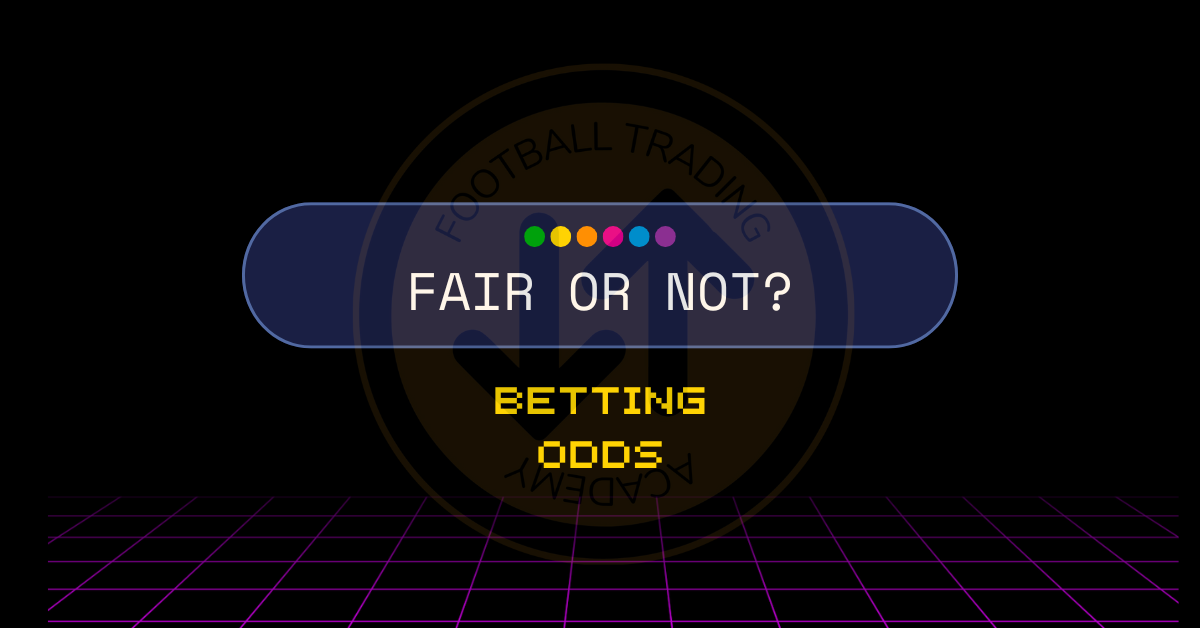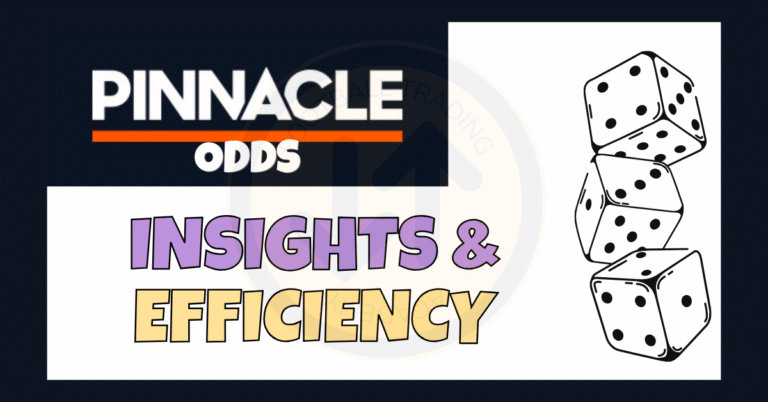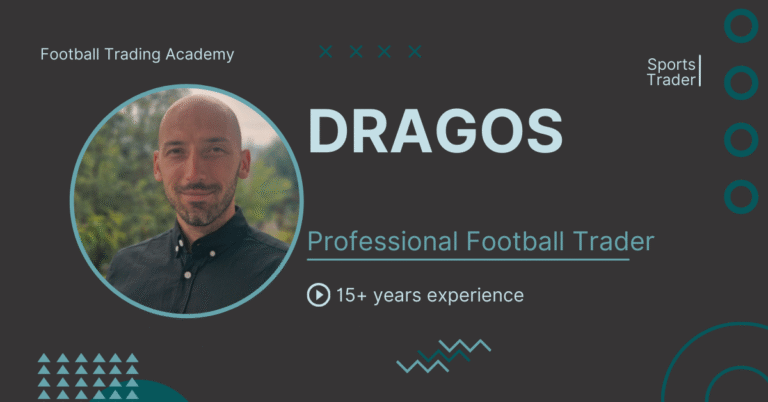Unlock Your Betting Edge: The Power of Fair Odds in Football Trading
While bookmakers present a dizzying array of numbers, the savvy bettor knows that behind every offered price lies a hidden truth: the Fair Odds. These are not just theoretical concepts; they are the bedrock of profitable strategies, revealing the true probability of an event without the bookmaker’s inherent profit margin.
But what exactly are Fair Odds, how do we calculate them, and why should every serious football trader make them a cornerstone of their approach? Let’s dive in.
The Bookmaker's Business Model: Understanding the Margin
Before we define Fair Odds, it’s crucial to understand how bookmakers operate. Every odds set you see includes a built-in profit margin, often called the “vig,” “juice,” or “overround.” This margin ensures that, over a large number of bets, the bookmaker guarantees a profit regardless of the outcome, assuming balanced betting volumes.
You can spot this margin because if you convert all outcomes’ odds to implied probabilities and sum them, the total will always be greater than 100%. That excess percentage is the bookmaker’s overround. For example, if a match has probabilities that sum to 105%, the 5% is the bookmaker’s theoretical profit margin.
More about this in the article on How Bookmakers Work.
What are Fair Odds? Defining the True Probability
Fair Odds represent the true statistical probability of an event occurring, assuming a perfectly efficient market with no bookmaker profit margin. In other words, if a bookmaker were to offer odds with a 0% overround (where the implied probabilities of all outcomes sum exactly to 100%), those would be the Fair Odds.
These “true” probabilities are what the market collectively believes is the actual chance of each outcome, stripped of any commercial bias. They reflect the purest form of market efficiency, incorporating all available information, from team news and form to tactical insights and betting patterns.
How to Calculate Fair Odds: Beyond Simple Subtraction
While some might attempt to calculate Fair Odds by simply subtracting an equal portion of the margin from each outcome, this approach is often inaccurate, especially in markets with varying probabilities (i.e., favorites and longshots).
As illuminated by the groundbreaking work of Joseph Buchdahl, particularly in his seminal study, “The Wisdom of the Crowd,” the more accurate and widely accepted method for extracting the margin is to add the margin proportionally to the odds. This method accounts for the fact that bookmakers often apply a slightly higher margin to longer odds (underdogs) and a slightly lower margin to shorter odds (favorites), reflecting a “favorite-longshot bias.”
Buchdahl’s research demonstrates that by removing the margin proportionally, you get a much closer estimate of the true underlying probabilities that the market has collectively arrived at. This sophisticated approach acknowledges that each odd contributes differently to the overall overround.
For those eager to apply this calculation, various tools and calculators are available. You can find excellent resources, including different methods for removing the margin, in Excel form here: https://www.football-data.co.uk/true_odds_calculator.xlsm.
Why Fair Odds are Your Indispensable Betting Edge
Understanding and calculating Fair Odds isn’t just an academic exercise; it’s a fundamental pillar of profitable sports betting and trading.
Identifying True Value Bets: This is the primary reason. A value bet occurs when the odds offered by a bookmaker are higher than your calculated Fair Odds. It means the bookmaker is underestimating the true probability of that outcome. Over the long run, consistently backing outcomes where the offered odds exceed the Fair Odds is the essence of profitable betting. You are getting a price better than its true worth.
Benchmarking Against Market Leaders: As we explored in our previous article, “Decoding the Market’s Oracle: Our Research Confirms Pinnacle Odds as the Gold Standard”, Pinnacle’s closing odds are renowned for their incredible efficiency. Our study showed that once Pinnacle’s margin is removed to reveal their implied Fair Odds, they align almost perfectly with actual outcomes (with an error rate as low as 0.02% in the 2024/2025 season!). This makes Pinnacle’s closing odds, stripped of their margin, the best proxy for the true market probability available to the public. They are your ultimate benchmark.
Refining Your Own Predictions: Even if you develop your own statistical models or rely on your analysis, comparing your estimated probabilities to the market’s Fair Odds (especially from sharp bookmakers like Pinnacle) helps validate or challenge your own assumptions. It allows you to see where your edge truly lies.
Informed Risk Management: Knowing the true probability helps you assess the genuine risk of a bet, allowing for more precise stake sizing and bankroll management.
The Path to Profit: Unlocking Your Edge
The journey to consistent profitability in sports betting hinges on your ability to accurately estimate true probabilities and then identify discrepancies. By understanding what Fair Odds truly are and how to derive them from bookmaker prices, you equip yourself with an invaluable tool.
In our upcoming article, we’ll delve deeper into the practical application of this knowledge. We’ll explain precisely how you can leverage both Pinnacle closing odds and their calculated Fair Odds to uncover profitable opportunities, create a measurable edge, and enhance your football trading strategies. Stay tuned – your next step towards a more scientific and profitable betting approach is just around the corner!





